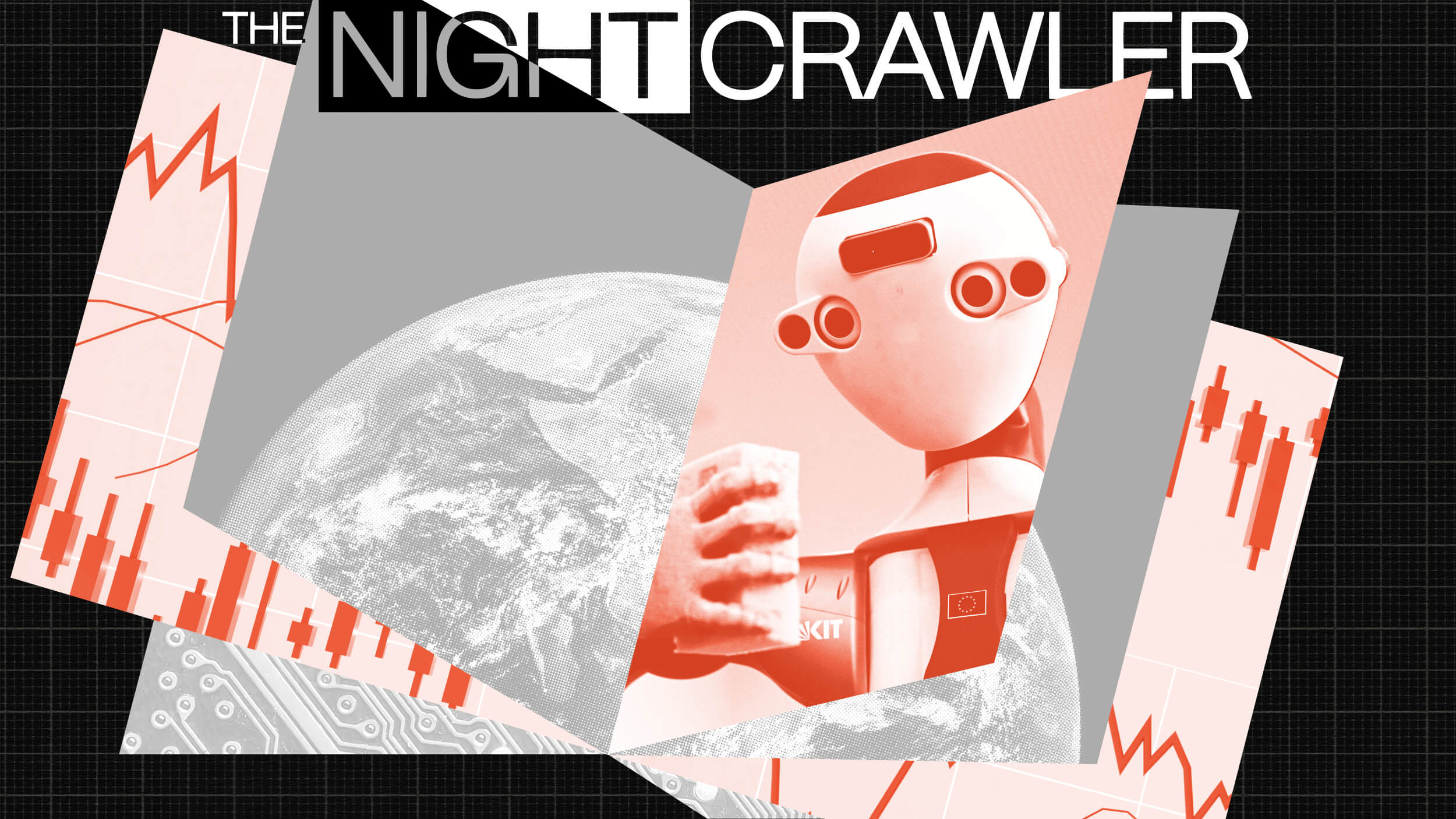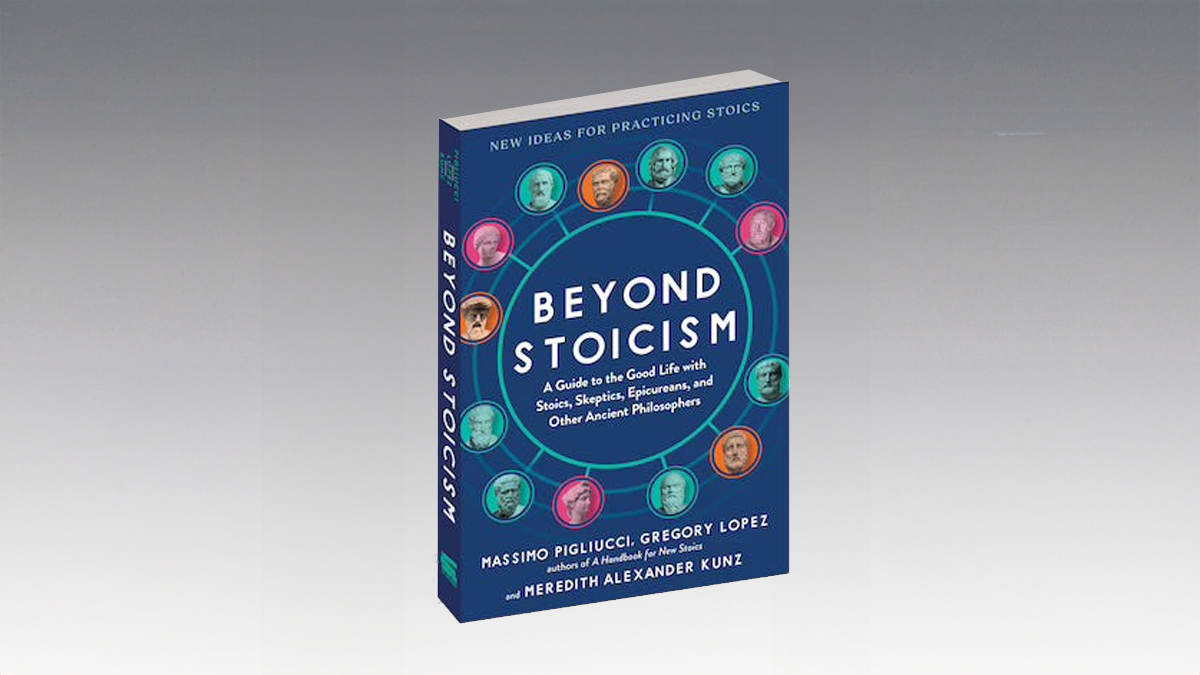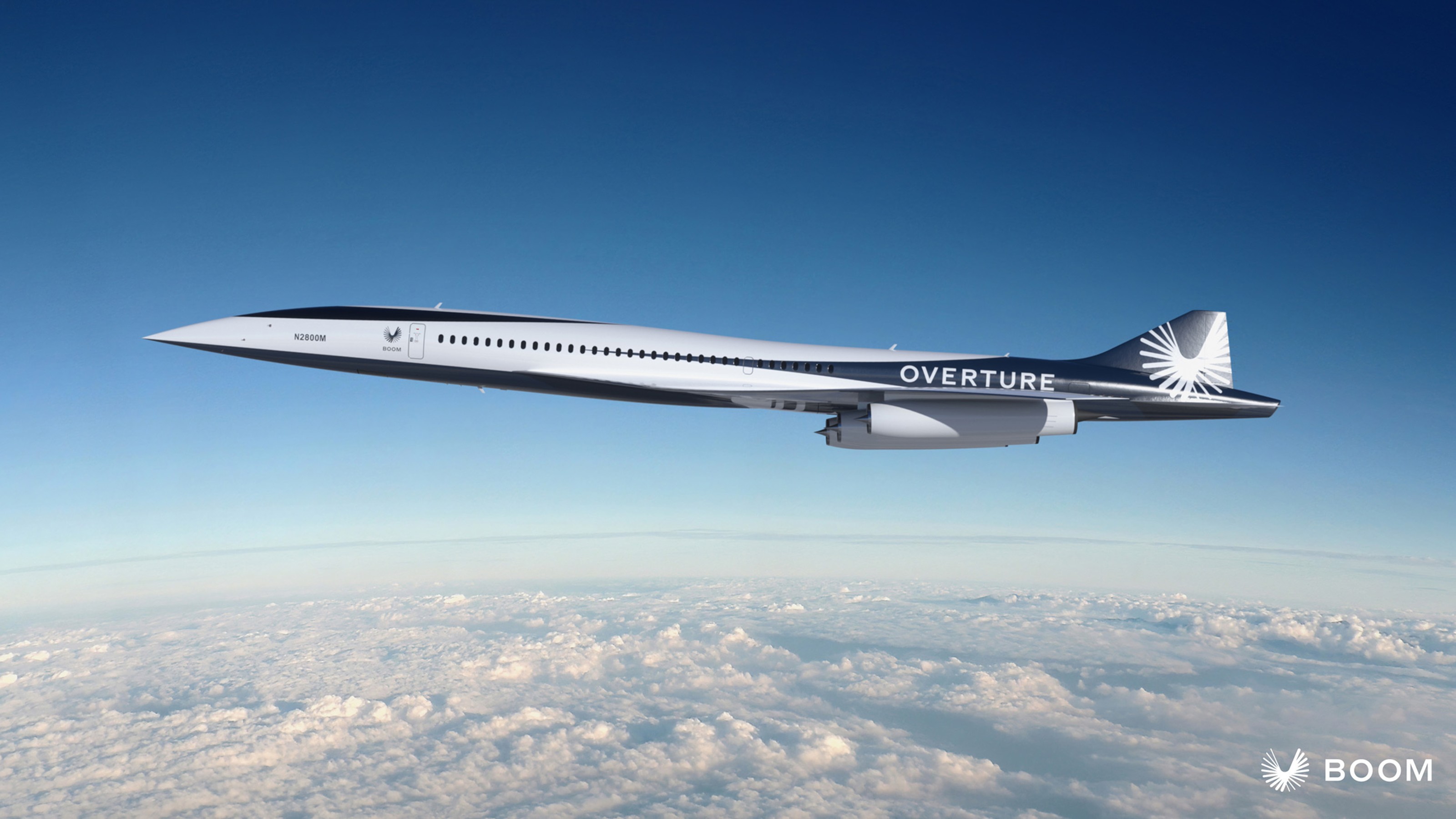Dr. Joseph M. Sussman is the JR East Professor (endowed by the East Japan Railway Company) in the Department of Civil and Environmental Engineering and the Engineering Systems Division at[…]
Sign up for the Smarter Faster newsletter
A weekly newsletter featuring the biggest ideas from the smartest people
Congestion pricing in England’s capital has upped the share of travelers that are using public transportation.
Question: Are there any countries or cities that are on the path to getting transportation right?
Joseph Sussman: Well, there are several, London, of course, instituted some years ago, perhaps five or six years ago now, congestion charging to enter the center of the city of London. They have their cordon and you pay – actually quite substantially, to drive into London. And that has had an effect on the congestion levels that have existed, and it has had an effect on the share of travelers that are using public transportation. So, London was the first major city in the developed world, if one excludes Singapore, who has been at this for 30 something years, but is in a different kind of political environment than a liberal democracy such as London. So, London can be a model for the large cities in, for example, North America. There are other cities in Scandinavia that have had good luck with these kinds of approaches. A more informed thinking about land use, less car dependent living patterns, and congesting charging to allow the system to reach some equilibration to allow people to pay less for highway use as a function for when they choose to use it, and therefore create less of a need for building of traditional infrastructure.
So there are in fact, examples going forward. Many of those cities of course, I speak of London and Paris, many of these cities were developed before the era of the automobile. And if you look, in fact, in the United States, if you look at New York and Boston and Philadelphia, these were cities that were largely in place before the automobile became such an extraordinary factor within our transportation enterprise. So you look at those cities with very well developed public transportation and you compare them with Phoenix and Los Angeles that grew up largely in the era when automobiles were already quite common and you see a very different kind of pattern. So, it’s going to be a long pull to see if we can make some of these changes. But if one thing’s in a creative way technologically, if one thinks about transportation as a complex system and understanding it in that way. If one thinks about different institutional structures for managing the transportation enterprise that is more sensitive to the need of the stakeholders that transportation has, I think we can make good progress on all three dimensions of sustainability. I think we can continue to develop economically, I think we can create a system in which we are much more a steward of the environment than perhaps we’ve been and I think we can do something from a social equity point of view to make sure that the environmental impacts are shared equitably and the economic development benefits are shared equitably as well.
Joseph Sussman: Well, there are several, London, of course, instituted some years ago, perhaps five or six years ago now, congestion charging to enter the center of the city of London. They have their cordon and you pay – actually quite substantially, to drive into London. And that has had an effect on the congestion levels that have existed, and it has had an effect on the share of travelers that are using public transportation. So, London was the first major city in the developed world, if one excludes Singapore, who has been at this for 30 something years, but is in a different kind of political environment than a liberal democracy such as London. So, London can be a model for the large cities in, for example, North America. There are other cities in Scandinavia that have had good luck with these kinds of approaches. A more informed thinking about land use, less car dependent living patterns, and congesting charging to allow the system to reach some equilibration to allow people to pay less for highway use as a function for when they choose to use it, and therefore create less of a need for building of traditional infrastructure.
So there are in fact, examples going forward. Many of those cities of course, I speak of London and Paris, many of these cities were developed before the era of the automobile. And if you look, in fact, in the United States, if you look at New York and Boston and Philadelphia, these were cities that were largely in place before the automobile became such an extraordinary factor within our transportation enterprise. So you look at those cities with very well developed public transportation and you compare them with Phoenix and Los Angeles that grew up largely in the era when automobiles were already quite common and you see a very different kind of pattern. So, it’s going to be a long pull to see if we can make some of these changes. But if one thing’s in a creative way technologically, if one thinks about transportation as a complex system and understanding it in that way. If one thinks about different institutional structures for managing the transportation enterprise that is more sensitive to the need of the stakeholders that transportation has, I think we can make good progress on all three dimensions of sustainability. I think we can continue to develop economically, I think we can create a system in which we are much more a steward of the environment than perhaps we’ve been and I think we can do something from a social equity point of view to make sure that the environmental impacts are shared equitably and the economic development benefits are shared equitably as well.
Recorded on January 20, 2010
▸
6 min
—
with





